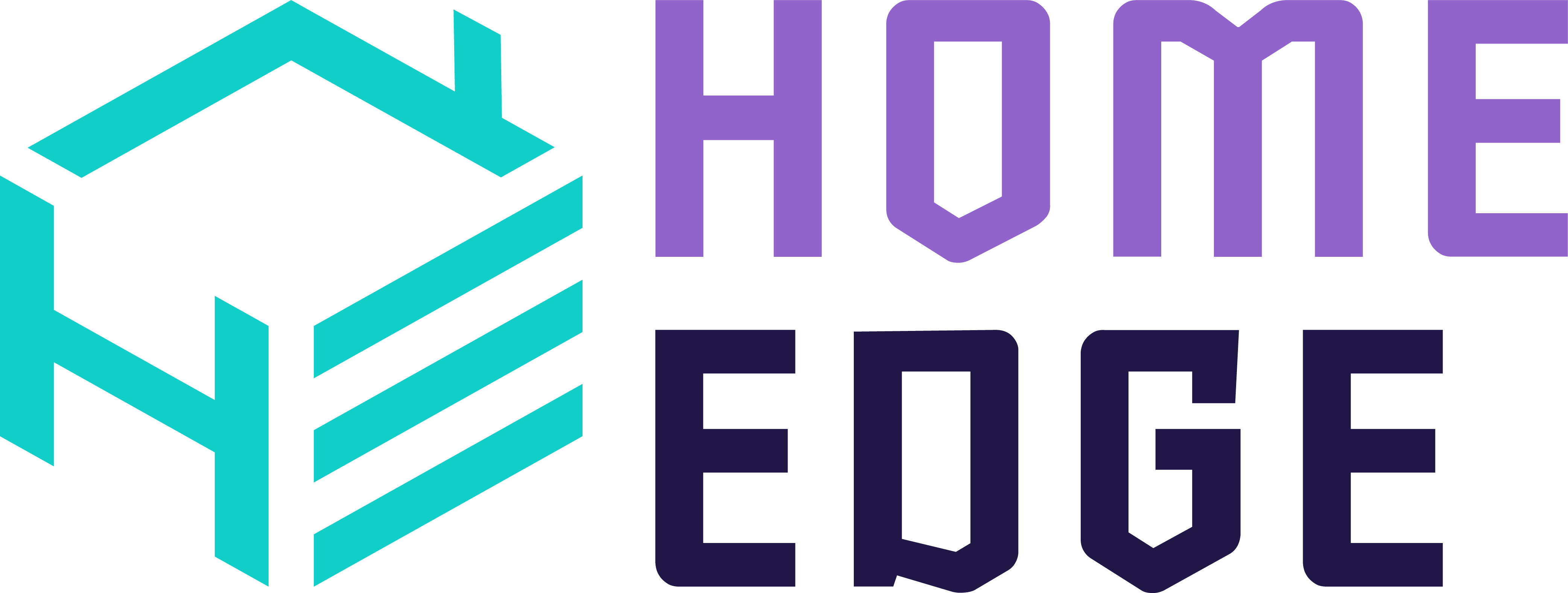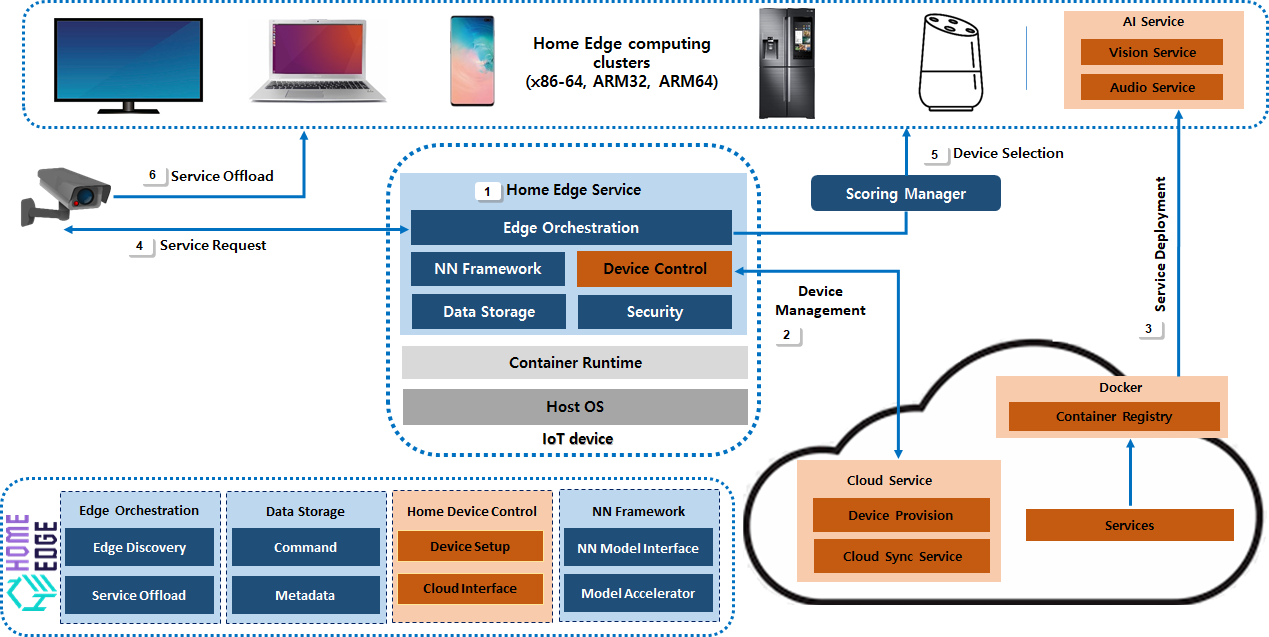| Info | ||
|---|---|---|
| ||
This Wiki is owned by the Home Edge Community. Contributions are always welcomed to help make it better! In upper right, select Log In. You will need a Linux Foundation Account (can be created at https://identity.linuxfoundation.org/) to log-in. For a Wiki tutorial, please see Confluence Overview. Thank you! |
Welcome to the Home Edge Project!
Home Edge : Drivers & Enablers
Drivers
- Smart Home products are now mainstream and need common API, gateway, UI, and lifecycle management.
- AI technologies enabling learning and lifestyle/safety prediction requires local but connected edge computing.
- Real time/low latency requirements increasing as safety, natural disasters and home health become mainstream beyond telecom "triple play".
- Data storage and data privacy increasingly important and require sensitive data closer to home/user.
Smart Home has a great potential to enable new business apps through home edge computing.
Introducing Home Edge Project
Home Edge Project, the seed codes will be contributed by Samsung Electronics, concentrates on driving and enabling a robust, reliable, and intelligent home edge computing open source framework, platform and ecosystem running on a variety of devices at daily home lives. To accelerate the deployment of the edge computing services ecosystem successfully, the Home Edge Project will provide users with an interoperable, flexible, and scalable edge computing services platform with a set of APIs that can also run with libraries and runtimes.
[1] Home Edge Service : All the devices (TVs, fridges, washing machines, etc.) connected into Home Edge Network are considered as Home Edge Devices. All the nodes which need to be part of home edge computing cluster need to run the home edge demon in the background. This demon helps to discover devices and their supporting services in the home network.
[2] Device Management : Device which acts as gateway can sync data with cloud interface.
[3] Service Deployment : Application Service like AI Service or Rendering service, which are registered with Docker registry can be deployed in the one or more device in the edge computing cluster.
[4] Service Request : Low end devices request high end devices to perform computing on behalf of them using the scoring manager.
[5] Scoring Manager : Helps to pick a right device to perform service computation using a scoring function(CPU, Memory & Network Bandwidth). If any appropriate device is not found, the service is run locally on the same device.
[6] Service offload : Low end can delegate the computation the selected node in home environment.
As an example, on a fig. 1 Home Edge Service runs on the various connected home devices. Camera is one such device, which streams the images to other device like TV/Mobile in the Home Edge Network. This is request to offload image recognition service. The appropriate device to offload is based on the scoring value calculated for the various devices based on processor, memory and bandwidth. The image recognition service is always maintained to the latest version with adjusted weights through the cloud sync service. The service deployment as docker container helps to deploy the latest service when required. After applications finish running, Home Edge Service collects the results and presents them as needed to appropriate device.
Home Edge Platform Architecture
Home Edge Project Scope
- Define use cases, architecture and technical requirements.
- Develop and maintain the features and APIs targeting Smart Home use cases and requirements in a manner of open source collaboration.
- Upstream the core features back to the existing/upcoming projects under LF Edge.
- Connect with Vertical Solutions WG on Smart Home in EdgeX, and Blueprint on Smart Home & Akraino through testbed validation.
Technical Requirements
- Dynamic device and service discovery at "Home Edge".
- Quality of Service guarantee in various dynamic conditions (e.g. devices On/Off).
- Distributed machine learning.
- Multi-vendor interoperability.
- User privacy and secure services.
Recent space activity
| Recently Updated | ||||||||
|---|---|---|---|---|---|---|---|---|
|
Space contributors
| Contributors | ||||||||||
|---|---|---|---|---|---|---|---|---|---|---|
|

